|
Dear B It is interesting that those who were illiterate - such as Hui Neng - could have the essence of mind development conveyed to them by simply studying the "shape" (form) of the Trigrams and Hexagrams. Of course, Master Cao develops this idea through his shaded roundels. Indeed, it could well be that the roundels of the Caodong School eventually led to the development of the Taiji Tu [太極圖] (Yin-Yang Symbol) that was developed during the latter Song Dynasty. Either way - the "beyond words" teaching - may have had its root in illiteracy - as the historical Buddha could not read or write - as astonishing as that seems!
0 Comments
I have spent several months translating into English this (Chinese language) academic paper forwarded to me by the Chinese Buddhist Association - with the instruction of providing to the West an authoritative text concerning the history of Chinese Ch'an Buddhism that ALL can benefit from. The Chinese Buddhist Association would like it known that ALL Westerners are welcome to come to China and study in educational or religious institutions and to submit their own thoughts and understandings regarding Chinese Buddhism, Chinese culture, Chinese culture and Chinese philosophy, etc. I am please to fulfil this Bodhisattva task!
The ICBI seeks to bring together the international community around the subject of Chinese Ch'an Buddhism - and its many strands of development that have spread across the world - often into very different cultural milieus, historical epochs and socio-economic categories! China is the historical and cultural epicentre of this type of Buddhism (which is a form of Indian Buddhism integrated with Confucian and Daoist influences), and due to politics, world history and different views of the destiny of humanity - the 'disconnect' between the academia of China and the West must be a) acknowledged and b) striven to be over-come. In the very interesting Conference on Ch'an Buddhism translated above - no Western scholars attended even though many were invited with all-expenses paid trips and free accommodation provided, etc. This did not stop the Conference from going ahead - as the work of Western scholars was discussed in their absence. A major achievement of this Conference can be seen in the fact that Mainland Chinese scholars sat in the same room as Japanese and Taiwanese scholars and a civilised and highly beneficial debate unfolded. Chinese Ch'an Buddhism never died-put in China (a common myth that still circulates like Halley's Comet), and is thriving today! Furthermore, Chinese Ch'an is a 'living-tradition' that has spread throughout the world and into many different places! I have made the point that suitably qualified Indian scholars need to do more in 'proving' the existence of 'Dhyana' Buddhism within South India - and isolate the strand of this Buddhism that Bodhidharma brought to China. This development would move the debate forward and counter the assumption that Ch'an is a purely Chinese invention that possesses no Indian roots. Peace in the Dharma This is quoted from the (1973) book entitled 'Zen Art For Meditation' by Stewart W Holmes and Chimyo Horjoka (Pages 109-111). This is a classic piece of US Cold War agitation and propaganda aimed at removing the history of 'China' from the record books. Interestingly, the US (Eurocentric) racism and Japanese (Ultra-Nationalist) racism overlap to an incredible degree - both flawlessly dovetailing to co-operate in removing the machinations of genuine Chinese Ch'an history from being observed by the average Western mind. The reference for the above piece is from the work of Alan Watts and DT Suzuki - both 'frauds' and the latter a untried Japanese War Criminal. The 'British' Alan Watts travelled around the US giving highly popular 'anti-intellectual' lectures that appealed to the American sense of inflated self-interest whilst terming this Eurocentric and racist interpretation of Asian spiritual culture as 'Zen'. DT Suzuki came from a long line of Japanese fascists who served the Japanese government and its requirement to indoctrinate and brain-wash the Japanese population into mindlessly following orders as part of the Imperial Japanese Military! DT Suzuki influenced Alan Watts (and his fellow Britton Christmas Humphreys) by falsely claiming that true 'Zen' has nothing to do with the Buddhist morality contained within the Vinaya Discipline (which forbids 'killing' in word, deed or thought)! Japanese militarism, on the contrary, demanded that this moral barrier was firmly removed from the highly moral Buddhism - and people like DT Suzuki was the man to do it! He taught entire generations of Japanese youth to inherently hate 'Westerners' and the 'Chinese' as both being examples of inferior races as part of their military training! Indeed, the Chinese Ch'an Buddhist - Master Xu Yun (1840-1959) - who witnessed the Japanese atrocities in China first-hand, was of the opinion that their barbarism and inhumanity stemmed from a corrupt generation of Japanese Buddhist clerics who refused to acknowledge or follow the Vinaya Discipline! Between 1931-1945, the Japanese Imperial Army, (Airforce and Navy) killed around 60 million men, women and children throughout Asia (with a large proportion of these deaths being within China). Despite China being a staunch ally of the West during WWII, China was 'excluded' from the all 'White' panel of Judges at Nuremberg - with the Japanese atrocities committed in China played-down by Western commentators. As the US-backed Nationalist government was forced to flee to Taiwan in the wake of the success of the Socialist Revolution of 1949, the US adopted a policy of immediately rehabilitating Japanese militarism and racist nationalism - dressing it up in the false garb of 'defending' democracy from the threat of Chinese Communism. The US followed exactly the same policy of rehabilitating entire regiments of Nazi Germans in Europe - switching Hitler for 'liberal democracy'! The US made use of the anti-Socialist aspect of fascist ideology and created a political climate where the Japanese nation did not have to acknowledge its extensive crimes in China, or make any amends for these crimes. The US restructured Japan so that Chinese Buddhism was falsely presented as a) corrupt, and b) having 'died-out' centuries ago! This racist lunacy was further strengthened with the equally laughable claim (still found in US and Japanese academia) that 'Zen' only exists in Japan! The Japanese nation has corrupted 'Zen' for so long that it is in no way the representative of Chinese Ch'an! Such an absurd idea has its roots deep within US and Japanese racism! DT Suzuki taught (in pre-WWII Japan) that the Zen of 'Killing' an enemy soldier was a simple as 'breathing-in and breathing-out'! Master Xu Yun - a representative of the Chinese Ch'an tradition that US and Japanese racism falsely state 'does not exist' - taught (by way of comparison) that a Ch'an practitioner should 'not kill - or cause to kill'! And yet US anti-intellectualism views militaristic Japan as the keeper of the peace and peaceful China as the perpetuators of war! Finally, the author Stephen W Holmes was a 'Officer' in the 'Cambridge Buddhist Association (which had DT Suzuki as its founding President)! Chimyo Horjoka took over as 'President' of the above entity with the death of DT Suzuki in 1966 and by 1973 had held that post 7 years, whose broader academic career was in fine arts in the US. Neither one possessed the insight (or 'courage') to expose the anti-China narrative generated by the US post-1945, and indeed, colluded in this book to perpetuate in by writing China 'out of history!' I suspect that Cambridge University will be as embarrassed by its siding with a Japanese War Criminal and US anti-China racism - just as Oxford University's Buddhist Society will live to regret its mindless support for the equally 'racist' 'Pro-Tibetan Movement' - yet another manifestation of US anti-China racism! In the meantime, Bodhidharma conveyed the Indian School of 'Dhyana' Buddhism to China - where it became known as 'Ch'an.' Bodhidharma never visited Japan and so was not the 'founder of the Zen sect.' The modern Japanese government, in its zeal to wipe-out its historical associations with ancient China, mentions (on one of its governmental websites) the lie that 'Zen' came from India to Japan! Although it is often assumed that Ch'an spread to Japan from China during the 12th and 13th centuries (at the time of the Song Dynasty), there is also some evidence that the renowned Japanese Shingon Master 'Kukai' (空海 - Kong Hai) or 'Empty Ocean' (774-835) - was also taught 'Ch'an' and the 'Tea Ceremony' (茶流 - Cha Dao) whilst studying in China (between 804-806 during the Tang Dynasty - staying in temples in and around Chang'an! An English version of this narrative can be found in the work of William Scott Wilson. Chinese language sources suggest that Kukai also studied Sanskrit and insisted on checking that the Buddhist practices in China and Japan were extant in Indian Buddhist Sutra sources. Kukai, writing in the 9th century, confirmed that the Indian transmission of the Dharma to China was 'pure' and 'intact'! Killing the Dharma is killing the truth and this is exactly what posy-WWII US and Japanese policy has attempted to do. This can be countered by upholding the very Vinaya Discipline the contemporary Japanese people have rejected and the ancient Japanese people upheld! The ignorant Americans, however, have yet to uphold the Vinaya Discipline in any of its guises...
Dear Ben Walter Liebenthal - Chinese Source https://read01.com/zh-cn/K457R5.html#.YDJpWKsYA2w According to this, it says that: '1937年记载“德国柏林大学哲学博士李华德,拟译《肇论》, 以疑义来访(太虚)大师.' 'In 1937, it was recorded that "Walter Liebenthal (Li Huade - 李华德), a Ph.D originally from the University of Berlin, Germany, intended to translate the "Zhao Lun". However, as he had 'doubts' about its content and meaning, he visited the Great Master Taixu (太虚) to ask for his advice.' Master Taixu (1890-1947) was a forward-thinking Buddhist modernist - although his views do not always 'agree' with those held by the more traditional Chinese Buddhist Masters alive in China today. It is interesting that Walter Liebenthal never thought to approach Master Xu Yun (1840-1959). Walter Liebenthal preferred Chinese Buddhism and developed the idea that the Chinese cultural system 'purged' Buddhism of all its 'Indianness' and imported Confucian and Daoist influences into its place. This seems overly simplistic to me - particularly as so much of the rhetoric of Ch'an, for instance, insists upon an Indian origin (imagined or actual). Buddhism is definitely viewed as 'foreign' within Chinese culture, and certainly not 'Chinese' in origin. It is similar to how Buddhism in the West is often viewed through the lens of the Judeo-Christian tradition simply because this tradition was already here and thoroughly familiar when Buddhism arrived. The use of Judeo-Christian paradigms to interpret Buddhism does not necessarily mean that a 'deliberate' sanitisation of 'Asian' Buddhism occurred in the West - even if the effect may have appeared similar in certain aspects. Just so, the early transmission of Buddhism into China was 'filtered' through the apparatus of an existing State Confucianism and the popular Daoism (practiced amongst the ordinary people)! With Metta
Adrian The Buddha explains clearly, in every expression of his teaching, that consciousness and physical matter are not two different things, even though they may be viewed as two distinct expressions of the same underlying reality. This understanding avoids the traps of ‘idealism’ and gross ‘materialism’, which are both declared errors by the Buddha. It is not that the mind does not exist, or that the physical world does not exist – both definitely do within an interpretive context – but that attachment to one view or the other is unhelpful when it comes to meditational development and the cultivation of wisdom. Furthermore, within the Four Noble Truths, it is clear that ‘consciousness’ in the chain of becoming has ‘physical matter’ as its basis (I.e. matter, sensation, perception, thought formation and conscious awareness). If this was not the case, this chain would read ‘conscious awareness’, ‘thought formation’, ‘perception’, ‘sensation’ and ‘matter’ - but it does not. This is the error made by DR DT Suzuki in his commentary upon the Lankavatara Sutra, which is perpetuated by those who think the Yogacara School is ‘idealist’ - when in fact the founders of this school begin their analysis by firmly stating that they agree with the Buddha when he says that the human mind is ‘impermanent’. Besides, genuine Buddhist training is as much in the mind as it is in the body, with ‘sila’ (morality) being the control of thought and physical behaviour. The ‘stilling’ of the mind is as important as the ‘stilling’ of the body, although the former supersedes the latter with regard to transformation and perception thereof. However, for a human mind to be functional, it must be existent within a living body. As to what might happen ‘before birth’ and ‘after death’, the Buddha remains ‘silent’, with many people utilising the metaphysics of religion to fill in this void...
The body is disciplined so that the mind may be ‘focused’. The Buddha teaches a type of Yoga, or at least a path that is recognisably ‘Yogic’ in origination. One of the first lines of the Patanjali Sutra reads ‘Yoga is the restriction of the fluctuations of consciousness.’ (Feuerstein 1989). Yoga is also an umbrella term used to describe a profound mind and body training that generates a permanent psycho-physical transformation. This is not a ‘subjective’ delusion, as the Buddha warns against this misidentification of inner awareness, and neither is it a hedonistic attachment to external pleasures (or pain) depending upon the conditionality of an individual. The Buddha advocates a non-identification with thought (and feeling), and a detachment from all physical sensation. Although there is a stage whereby the mind becomes free of surface thought (and a ‘stillness’ is experienced), nevertheless, eventually the process of thought is re-born in the mind but in an entirely ‘new’ manner which no longer ‘obscures’, ‘confuses’ or induces any form of ‘suffering’, etc. (The post-enlightenment situation is controversial and open to debate.) Being a ‘Bodhisattva’ requires an individual to become truly ‘universal’ in perception, understanding and empathy. The conundrum of personal suffering must be solved before the suffering of the entire world can be taken on without any form of hindrance. To be a genuine Bodhisattva, is to be able to take responsibility for every single mode of suffering that exists in this world and the worlds beyond. Universal suffering is not limited to only that which humans feel – but necessarily includes ALL suffering everywhere. Furthermore, the committed Bodhisattva willingly takes on the suffering of past, the present and the future. The ‘intention’ is to be with those who are experiencing suffering, and to spiritually offer support and sustenance to help them through that which most would find difficult to experience or even face. How this is to be achieved is entirely dependent upon circumstance as there is no single method that meets all requirements. This is not an easy ability to achieve or function to perform. This is why Buddhist monastics in China take the ‘Bodhisattva Vows’ as well as the ‘Vinaya Discipline’ as part of their spiritual responsibilities. I respect the Theravada School and have trained with its monks and nuns many times. I admire its Dhamma and work to protect and preserve it in Sri Lanka, Thailand and Myanmar, etc. However, there are certain differences of view which I wish to explore (although in my own training, I see no difference). The Theravada view (for many but not all) is that the senses are purified when the body (and mind) is removed from direct contact with a polluting environment (such as when entering a forest temple or monastery, etc). Only a monastic can purify their minds fully, with a lay man purifying his mind to a lesser degree than the average monastic, but certainly more so than a lay woman. The Ch’an School rejects this view. As the empty mind ground underlies ALL phenomenal existence, the idea that only monks (or nuns) can fully realise it does not hold, and is contradicted by the numerous examples of enlightened lay men and women in the Pali Suttas, and the Ch’an tradition (including children) within China (Vimlakirti is perhaps the greatest Indian example), but what does this difference mean in reality? The Theravada method suggests that enlightenment - I.e. the uprooting of greed, hatred and delusion – is dependent upon circumstance and is only possible if an individual is ‘removed’ from direct contact with the ordinary world. Then, the corrupting influence of the three taints diminishes and eventually falls away (as all stimulus ceases). However, should such an individual be plummeted back into the ordinary world, then this deluded mechanism would re-active and the mind be yet again consumed by greed, hatred and delusion. The Ch’an method ensures that whilst living in isolation, or at least relative peace for a while, the mind calms to a considerable degree so that the hua tou and gong-an methods can ‘return’ ALL sensory stimulus back to the empty mind ground from which it originated. Once the hearing has been returned, all the other five senses are also returned, and the empty mind ground fully penetrated and realised. This experience automatically ‘purifies’ the six senses in a permanent manner that cannot ever be re-corrupted. This is why the Ch’an School advocates the ‘Ch’an Week’, or periods of intense meditative activity interspersed with weeks (or months) of quite ordinary and mundane activity. This explains why many Ch’an monastics either return to lay life to spread compassion and wisdom throughout society, or hold office or other positions within the lay world as monastics with no problem whatsoever. It makes no difference where their expedient body resides, as the six senses have been fully imbued (and transformed) through the presence of a pervasive and all-embracing ‘emptiness’ which is as purifying as it is compassionate and full of loving kindness. This reality further explains why many Ch’an practitioners refuse to ordain in China, as there is no need to do so.
What happened next? Richard Hunn had talked about separating the ‘bodhis’ from the ‘klesas’ - but like much of his method, a pristine insight was delivered through a typical British sense of humour. He also said that an individual must not be attached to the void nor hindered by phenomena, and that an indeterminate period of further training was required. Within Ch’an training, often it is the case (but not always) that ‘klesa’ still bubble-up to the surface of the mind post-enlightenment, where they can be harmlessly ‘dissolved’ through the power and strength of meditative insight (prajna). What are ‘klesa’? Klesa are psychological and emotional distractions of various strength, thought to be the product of eons of generating thoughts premised upon greed, hatred and delusion, through the filter of subject-object duality. In modern terms, this is the disrupting (and potentially damaging) reactions in the mind that respond to, and condition further actions and reactions in the physical environment. If a strictly scientific analysis is applied, klesa are the negative thoughts and feelings that cause distress to an individual that have been imported into the interior of the personal mind from the conditioning elements of the collective environment since birth. The Buddha states that a type of rebirth (but not reincarnation) operates within his system, whilst also asserting that at the point of enlightenment (viewed as the stage of ‘relative enlightenment’ as recorded by the ‘3rd’ position of the Caodong School) all rebirth ceases (as the ridge-pole of ignorance is forever broken), and is understood to be non-existent. Therefore, within the enlightened state, rebirth does not exist and only APPEARS to exist in the unenlightened state (probably because it was a common belief in India when the Buddha was alive). Of course, ‘rebirth’ can be imagined as existing as virtually everything can. In this scenario a vivid depository of thoughts may exist in the mind apparently linked to other existences, and this is an experience I have had during meditation (seeing previous existences in China), recognising friends and family around me today, as characters previously existing in bygone lifetimes in different places. The Ch’an method interprets all this as delusion which must be ‘given-up’ if the empty mind ground is to be realised. From 1992 until today (2019) I have been adjusting myself to circumstance. Physical existence appears to be happening within a glowing luminosity, an empty three-dimensional space or void that contains all things. Material objects and the physical world appear real in their own right, but inhabit this infinite, vacuous reality without hindrance or contradiction. Thoughts and feelings yet again move across the surface of the mind but are now both in the ‘present’ and yet fully ‘transparent’. This flow of conscious paraphernalia is no longer hindering or obscuring, but a natural part of physical existence. It no longer possesses historical roots, but appears purely existential in nature (linked entirely to my present and unfolding existence). As time goes by I find myself becoming ever more deeply ‘aware’ of this reality and its processes.
|
Archives
March 2024
Categories
All
|
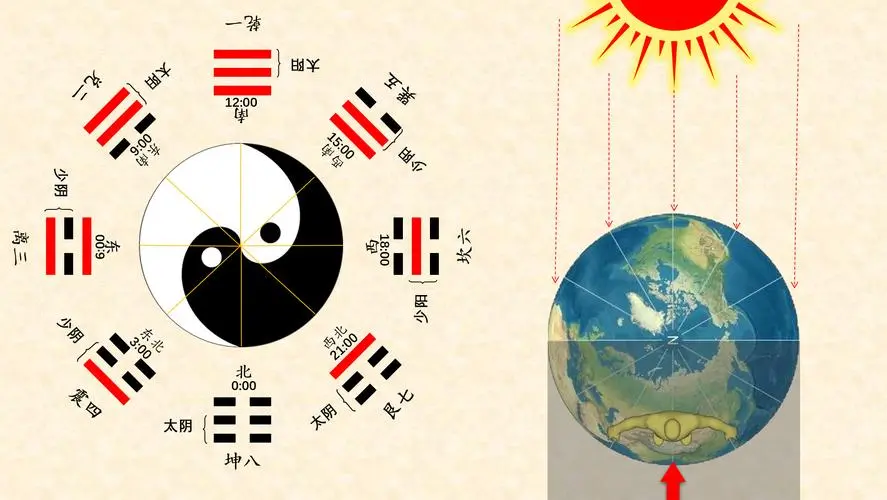
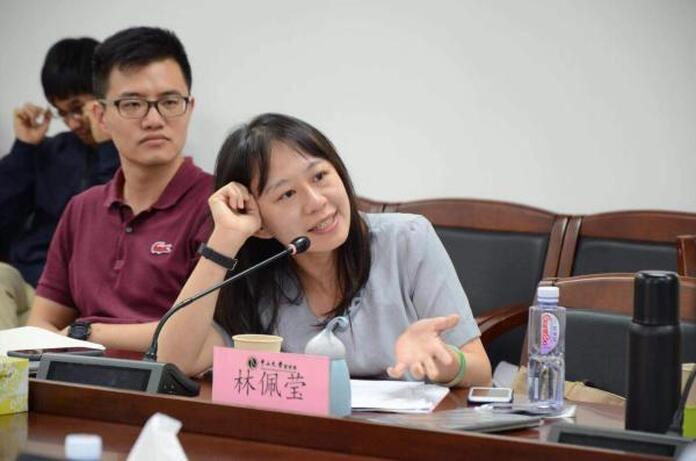
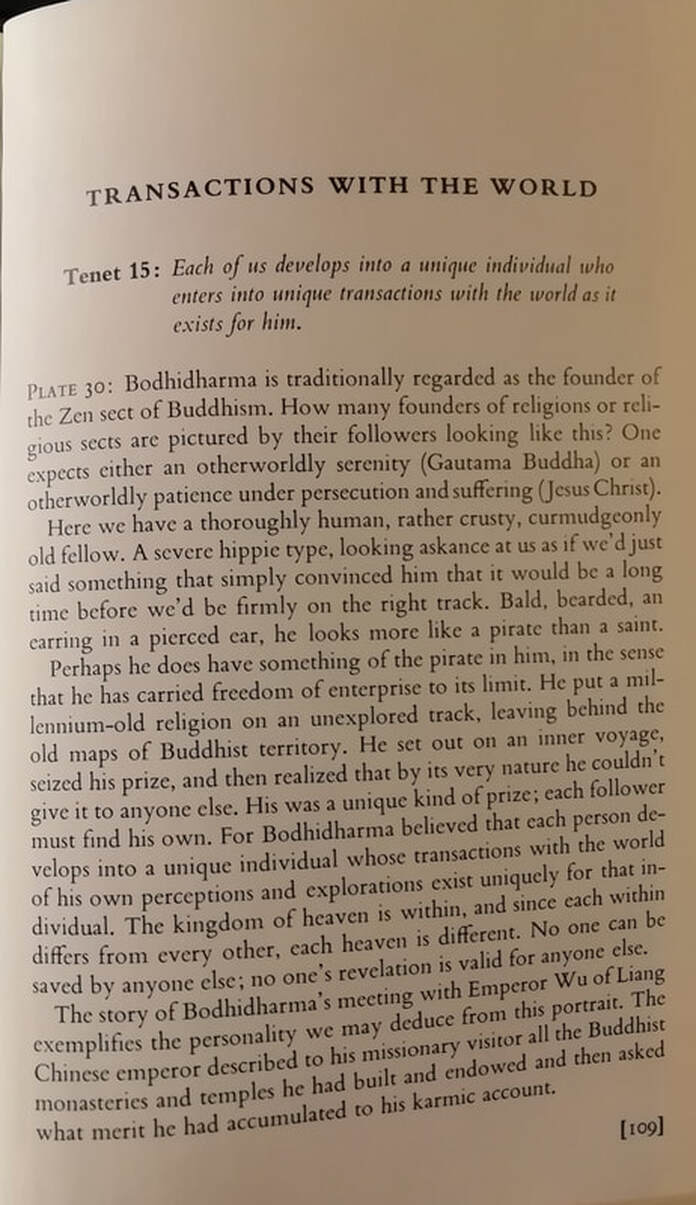
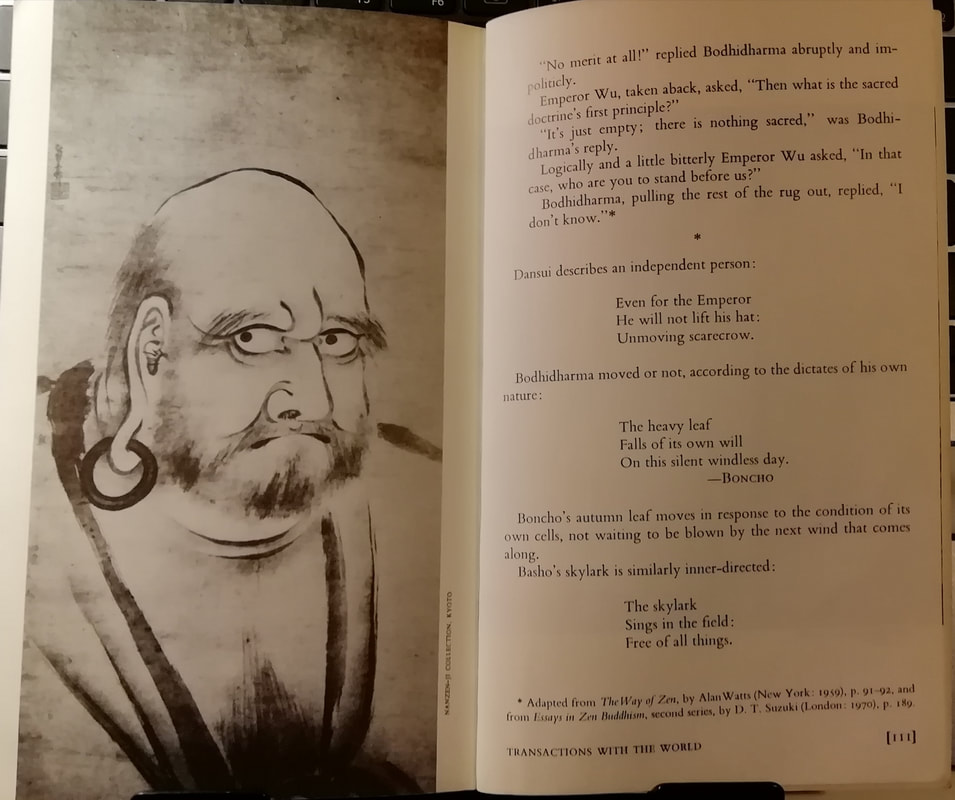
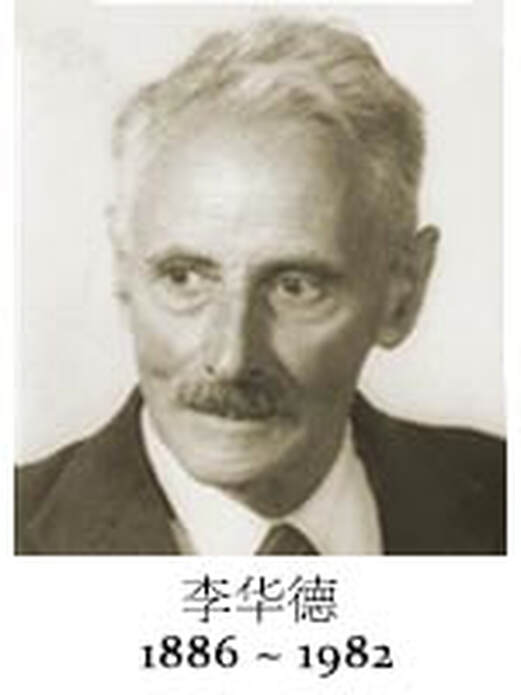
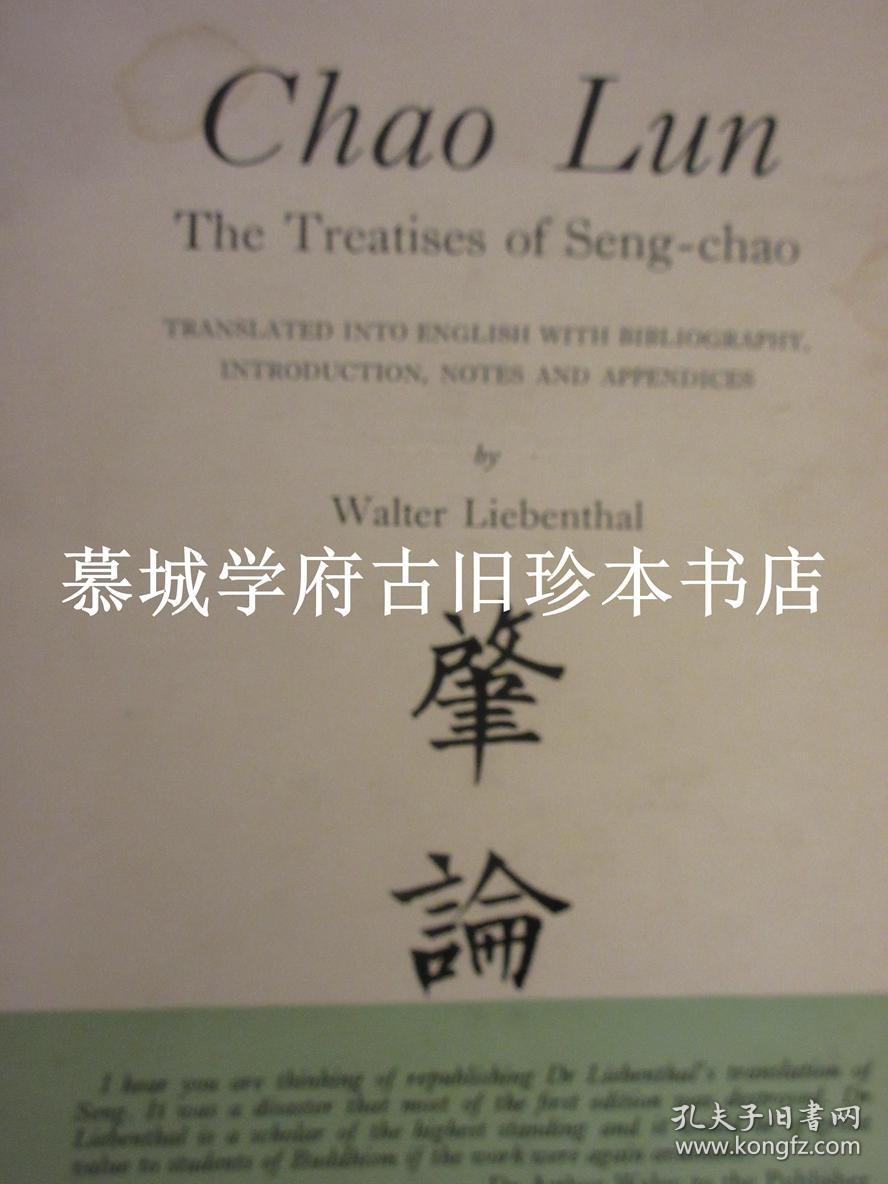
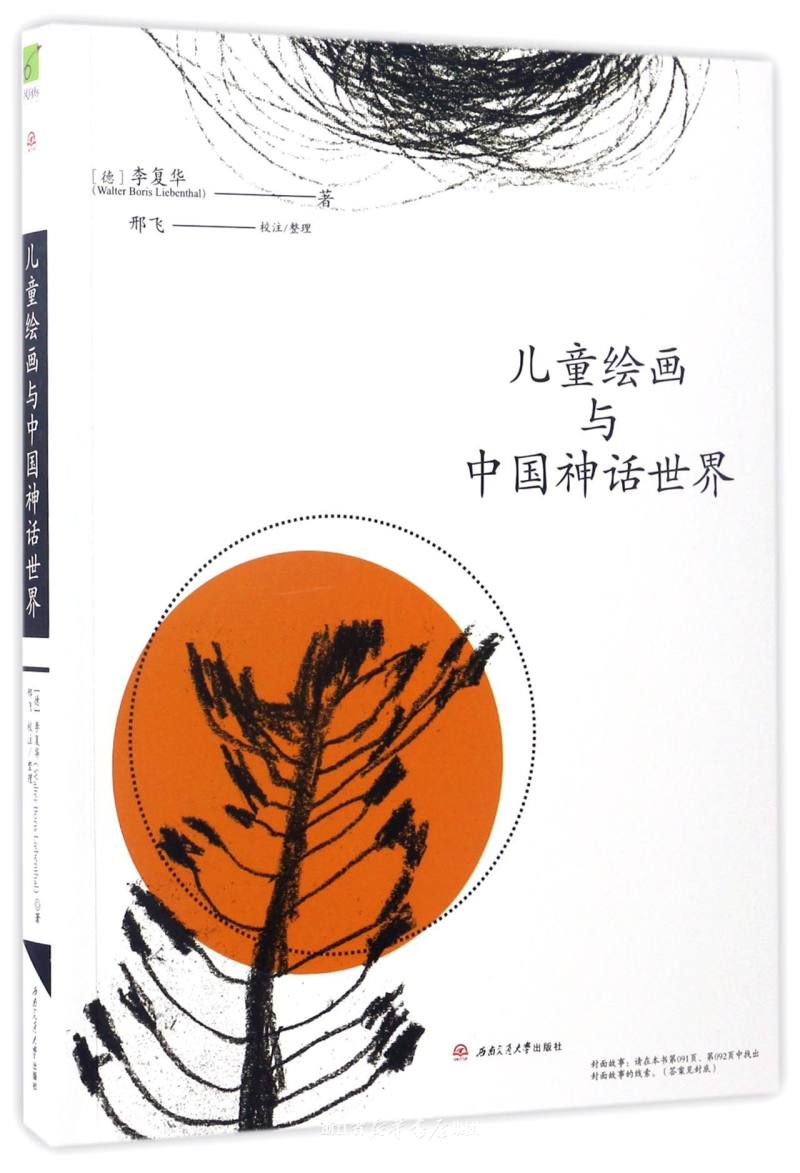
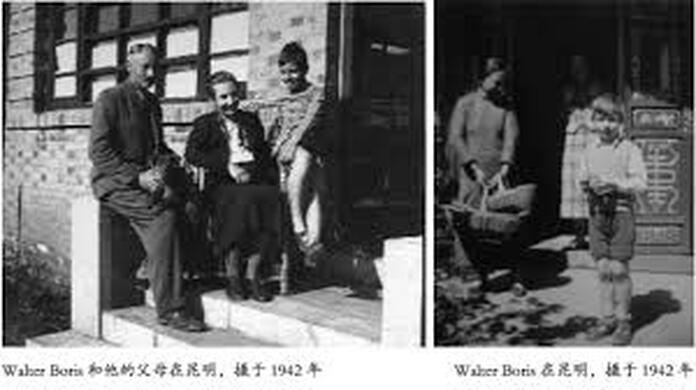
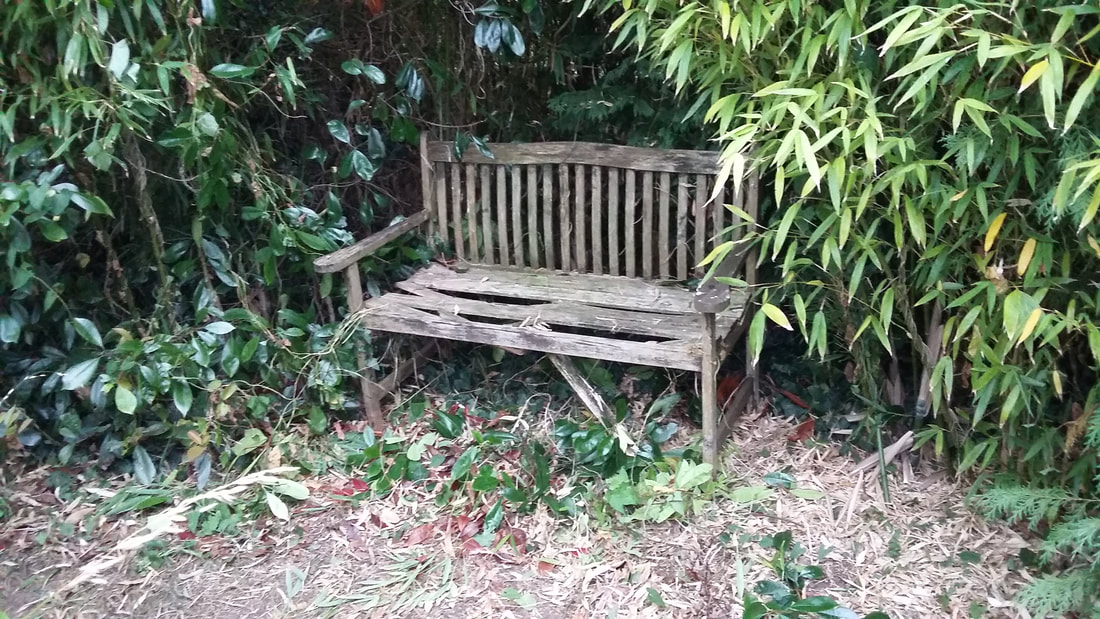
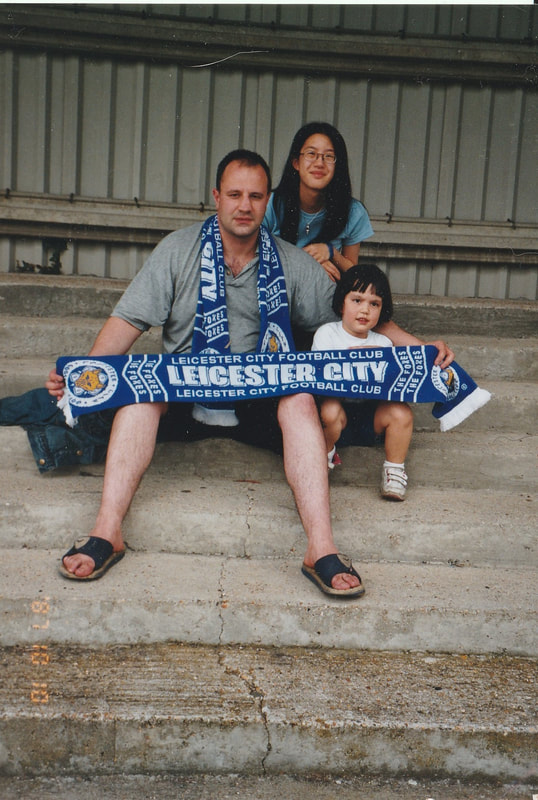

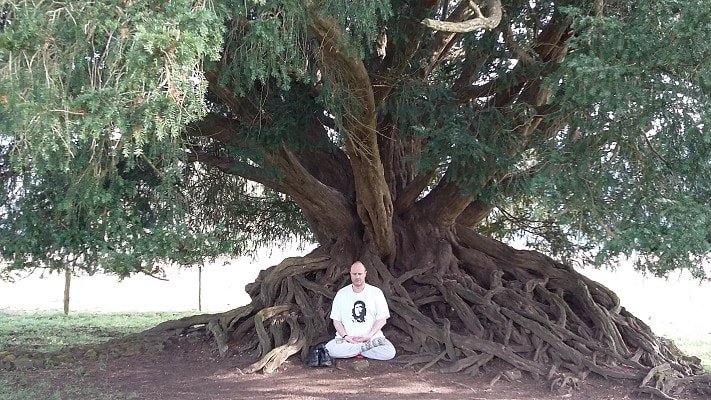
 RSS Feed
RSS Feed